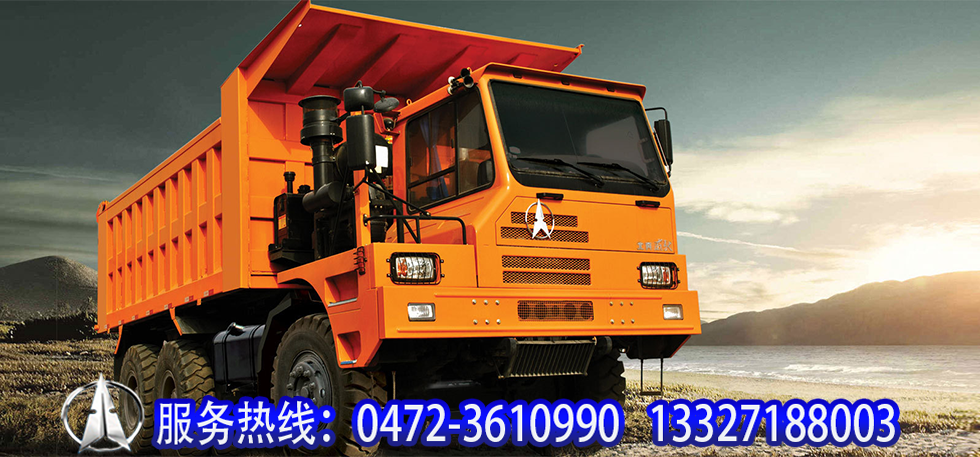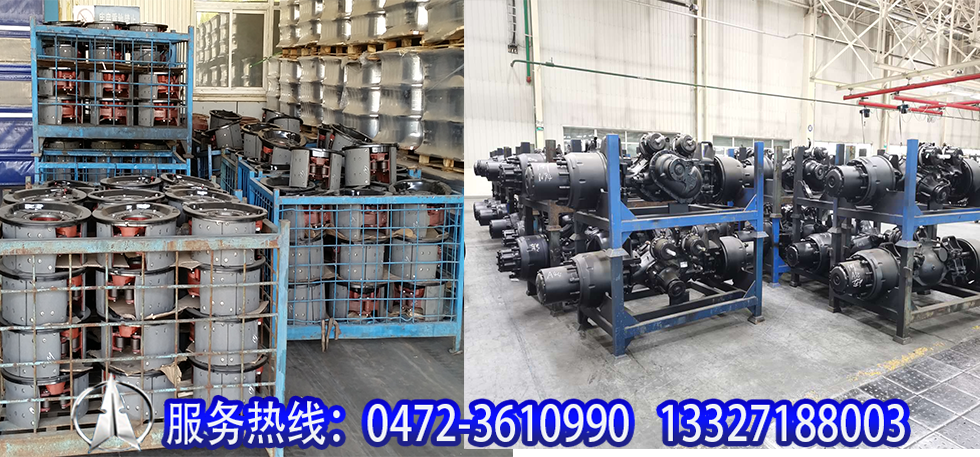CLASSIFICATION
NORTH-BENZ-BRAND
CONTACT-US
- Name: Baotou beiben Trading Co.,
- Mobile phone: 13327188003
- Mobile:13664067905
- Tel: 0472-3610990
- FAX: 0472-3610990
- Q Q:350013459
- E-mail:350013459@qq.com
The fuel consumption of heavy trucks is much more complicated than that of cars. However, there are several important factors affecting the fuel consumption of heavy trucks.
First of all, we need to make clear the two concepts:
One is the power (kW): for the automobile, the power refers to the work done by the engine in the unit time. Within a certain speed range, the faster the speed, the greater the power. But after a certain speed, the power decreases. The greater the power, the higher the maximum speed of the car. Generally speaking, the corresponding speed (r/min) is marked at the same time indicating the maximum output power of the engine. The maximum power is used to describe the dynamic performance of the vehicle. 1kW (kw) 1.36ps (horsepower).
The two is torque (N.m): torque is the ability to turn objects. The torque of Baotou Bei Ben heavy truck accessories engine is the torque output from the crankshaft end of the engine. Under the condition of fixed power, the faster the speed, the smaller the torque. It reflects the load capacity of the vehicle within a certain range. The greater the torque output, the greater the load capacity, the better the acceleration performance, the stronger the climbing ability. In the same power, the corresponding speed (r/min) is marked at the same time indicating the maximum output torque of the engine.
After understanding these two concepts, we will analyze the most important factors that affect vehicle fuel consumption.
One is the layout of the power line of the whole vehicle:
The reason why the car can run is because the car has a well designed power line, this power line is the transmission of power: Baotou North run heavy steam parts engine, clutch, transmission, drive shaft (and universal joint, etc.) – Baotou North run heavy steam parts drive bridge – tires
The popular saying is:
Engine oil – engine – engine crankshaft with the rear end of the flywheel revolve up (high speed) – the flywheel and the clutch engagement – the power passes to the transmission shift shift (changing the gear to slow down, changing to the speed gear) – the drive shaft transfer power to the driving axle middle of the drive bridge further deceleration (with the wheel edge) The decelerator has more than one deceleration) to turn the tire up.
For example, if a car is loaded with a full load, the engine speeds up to 1500 rpm, if the speed ratio of the gearbox is 2.10 (such as Shanxi 12JS180T) at this time, then the speed from the transmission to the drive shaft is reduced to 1500?.10=714 / min, if the speed ratio of the driving axle of the car is 4.38, then the speed ratio of the drive axle is 4.38. At this point, the speed of the tire is 714?.38=163 revolutions / minutes.
But in this transmission process, the power is very heavy. For example, it is assumed that the torque is 1275N.m (see Figure 1) at this time (see Figure 1). When the power is transferred to the tire by the power line, only 80% may be left, that is, the torque that drives the vehicle's tire is only 1275 * 80%=1020N.m. The energy loss of different vehicles in the process of power transmission will be different, and the same is the new car, it will also cause the difference of friction loss due to the different processing quality of various vehicle parts.
Two, the vehicle power transmission is not all straight line transmission, the universal joint is to connect the two transmission parts. Therefore, the layout of automobile power lines should also be scientific, otherwise it will cause additional energy loss. These losses will eventually be compensated by increasing fuel consumption.
From the point of view, there are two main factors that affect vehicle fuel consumption in the vehicle power transmission. One is that the power line design of the manufacturer must be as scientific as possible; the two is that the transmission parts selected by the manufacturer must have good processing quality and small friction.








